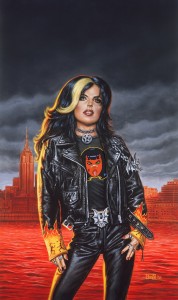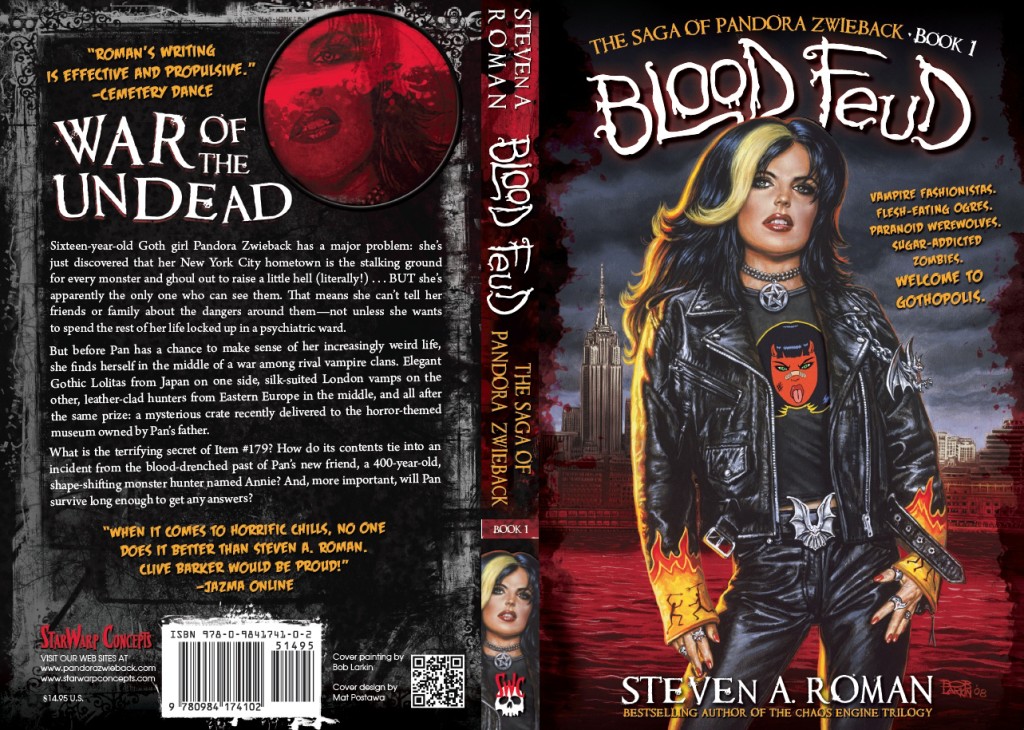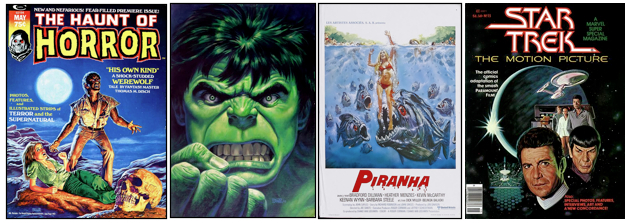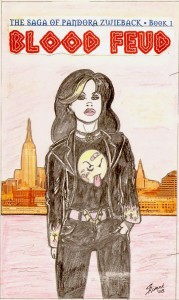Wrapping up our review of Pandora Zwieback covers, here’s the story of an illustration that was never intended to be cover art. But it looked too good to pass up when I got it in my head to publish The Saga of Pandora Zwieback Annual #1, a one-shot special that would feature three original stories: Pan’s first comic book adventure, by me and artist Eliseu Gouveia; a Pan short story, by me; and an eight-page “Tale of the Paniverse” (my term for events set in the same version of Earth as the one presented in the Pan novels—it’s a comic book thing) by friends Sholly Fisch (currently the writer of Scooby-Doo Team-Up) and Ernie Colon (a legendary artist whose lengthy credits include Amethyst, Princess of Gemworld and Richie Rich).
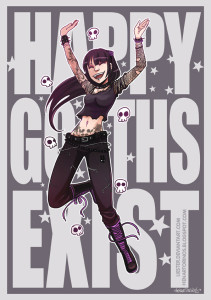 In 2011, as I was gearing up for the release of Blood Feud, the first Pandora Zwieback novel, I considered ways to attract attention to this momentous occasion in publishing history, and eventually came up with the idea for an art gallery featuring Pan. But it wouldn’t just be any sort of art gallery, it would be “The 13 Days of Pan-demonium,” during which thirteen commissioned artists would present their unique takes on SWC’s latest leading lady. (As it turned out, only twelve artists wound up being commissioned, with me ending up as the thirteenth contributor.)
In 2011, as I was gearing up for the release of Blood Feud, the first Pandora Zwieback novel, I considered ways to attract attention to this momentous occasion in publishing history, and eventually came up with the idea for an art gallery featuring Pan. But it wouldn’t just be any sort of art gallery, it would be “The 13 Days of Pan-demonium,” during which thirteen commissioned artists would present their unique takes on SWC’s latest leading lady. (As it turned out, only twelve artists wound up being commissioned, with me ending up as the thirteenth contributor.)
The first artist I approached was Henar Torinos, whose manga-influenced gothy style grabbed my attention during a search for “happy Goths” in the online art community deviantArt. Henar’s art came up first, mainly because she had two pieces on display: “Happy Goths Exist” and “Happy Goths Still Exist” (which you see to the left). It was the joy expressed in that second piece that caused me to e-mail Henar about the 13 Days project, and include a link to the digital version of the Saga of Pandora Zwieback #0 comic. She immediately got back to me with a yes, and asked what I had in mind. I told her I was looking for her interpretation of Pan—as long as she stayed on-style with Pan’s design, and left an open space for the inclusion of the Blood Feud cover, I wanted her to be the one to come up with something amazing. And did she ever!
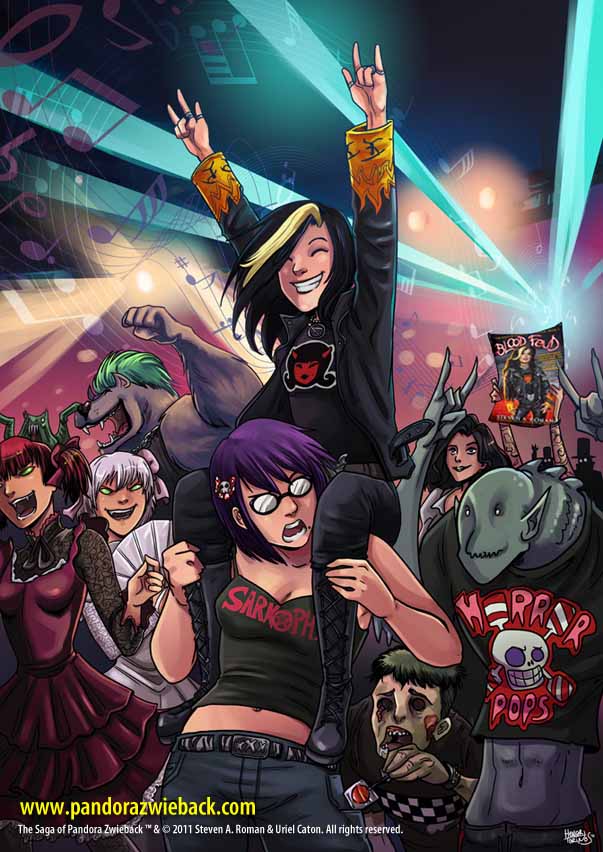
Titled “Pandora Rocks!” it has Pan sitting on the shoulders of her best friend, Sheena McCarthy, while they attend a concert (perhaps one put on by their favorite death-metal band, Sarkophagia?), while Pan’s immortal mentor, Sebastienne “Annie” Mazarin, looks on. And check out the monsters! And once webmaster Dave de Mond had Photoshopped the Blood Feud cover onto a blank sign Henar had placed in the background, it was ready for its Internet debut.
Then in 2013, I decided to do the Pan Annual—but what could I use for the cover? I considered commissioning a new drawing, but then I looked at the 13 Days illustrations and thought, Why not repurpose Henar’s art? That colorful, manga-ish, happy piece was certain to catch the eye of prospective comic book buyers. So I e-mailed her an offer to reproduce the illustration as a cover, and she agreed to it. From there I handed the design process over to Mike Rivilis, who, in no time at all, turned out the final cover:
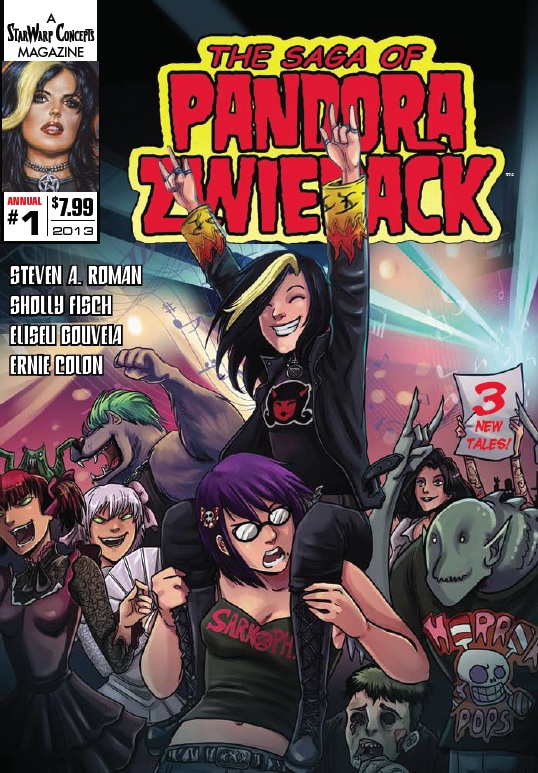
That’s a great-looking cover!
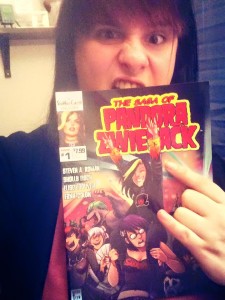 And who was the happiest Goth of all, when the published comic debuted? Why, Henar Torinos herself!
And who was the happiest Goth of all, when the published comic debuted? Why, Henar Torinos herself!
By the way, The Saga of Pandora Zwieback Annual #1 is still available for purchase in print and digital editions—just visit its product page at StarWarp Concepts for more information, including sample pages.

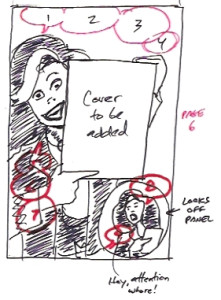 But when the artist I’d hired,
But when the artist I’d hired, 
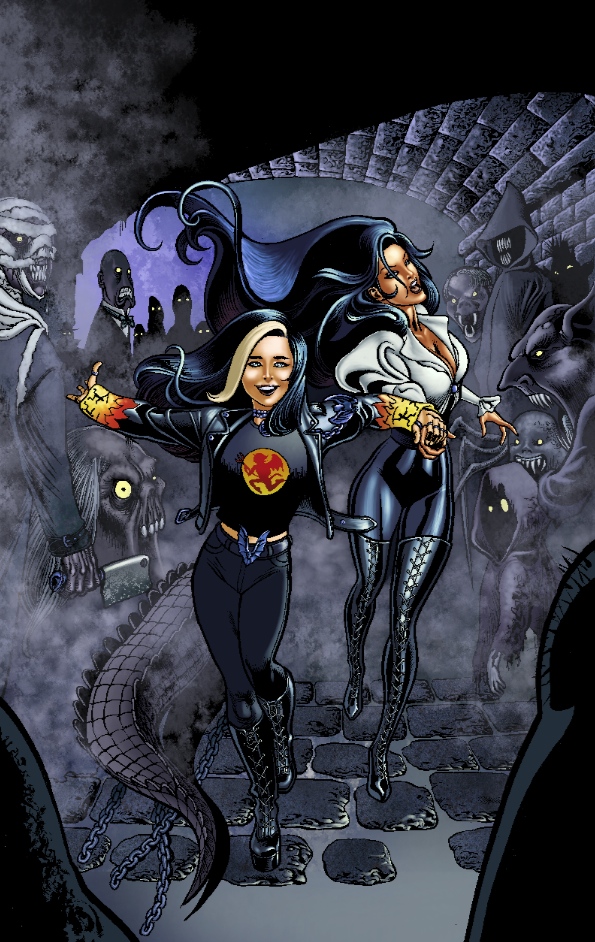
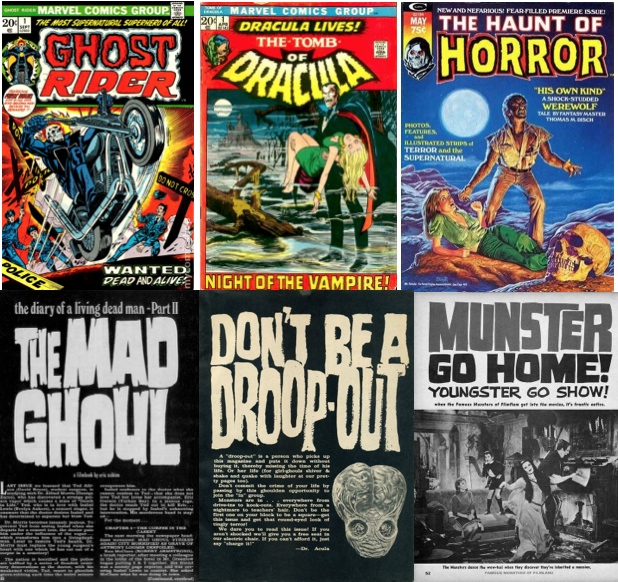
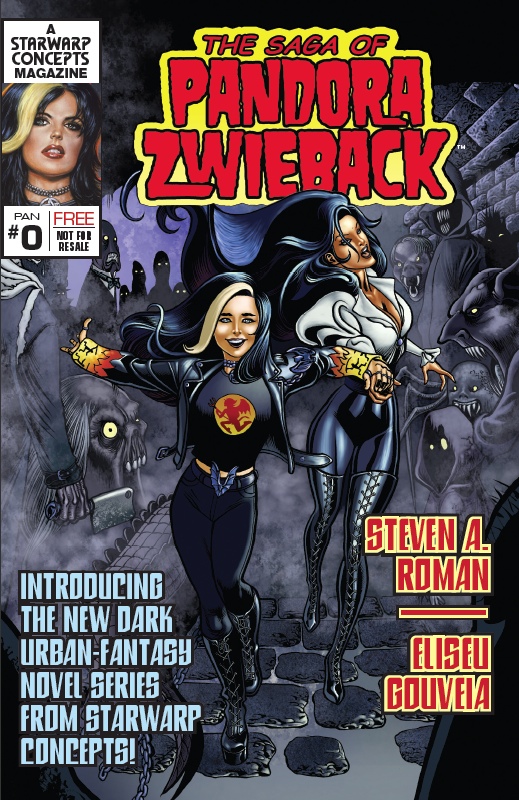 Nice, huh? And it all started with the happy accident (as the late painter
Nice, huh? And it all started with the happy accident (as the late painter 
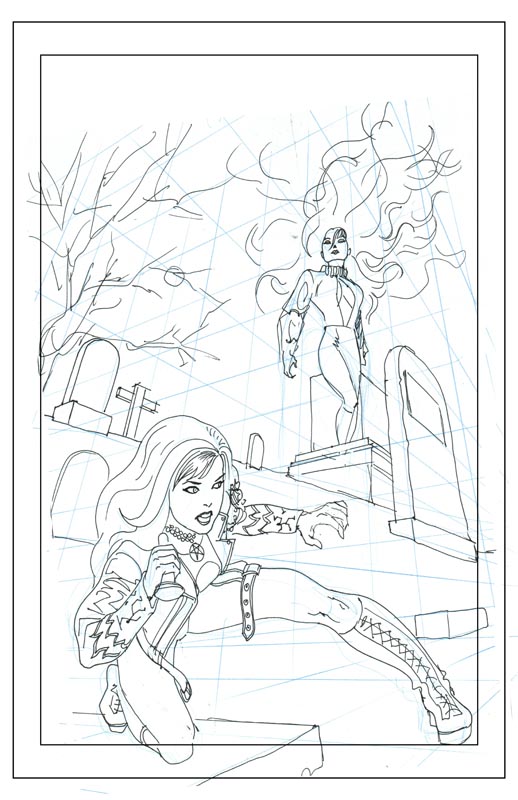 I couldn’t help but grin. Cover images of old issues of Marvel Team-Up and Marvel Two-in-One—Marvel Comics series starring, respectively, Spider-Man and the Thing (from the Fantastic Four), who got together every month with a special guest star (Daredevil, Iron Man, the Black Widow, etc.) to fight bad guys—popped into my head. This was exactly the sort of dramatic image I was looking for!
I couldn’t help but grin. Cover images of old issues of Marvel Team-Up and Marvel Two-in-One—Marvel Comics series starring, respectively, Spider-Man and the Thing (from the Fantastic Four), who got together every month with a special guest star (Daredevil, Iron Man, the Black Widow, etc.) to fight bad guys—popped into my head. This was exactly the sort of dramatic image I was looking for!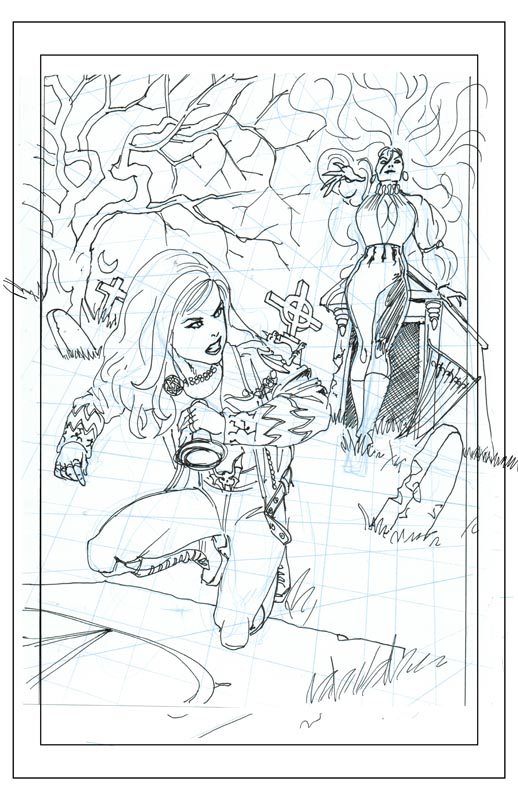
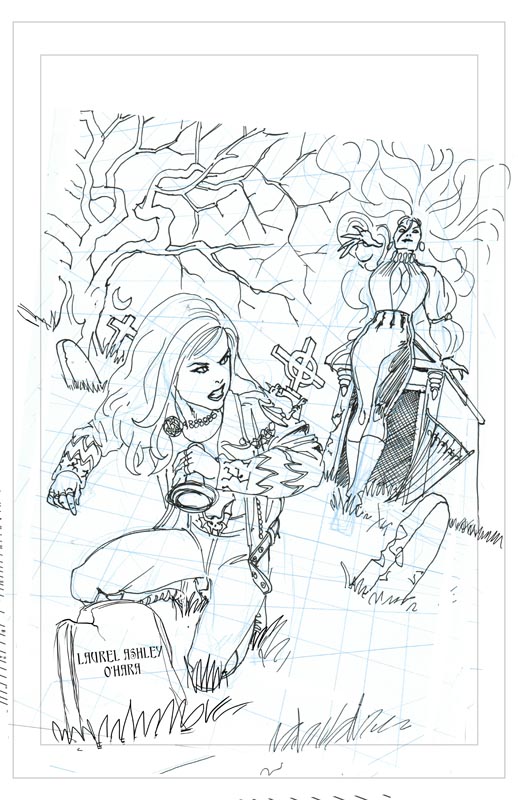
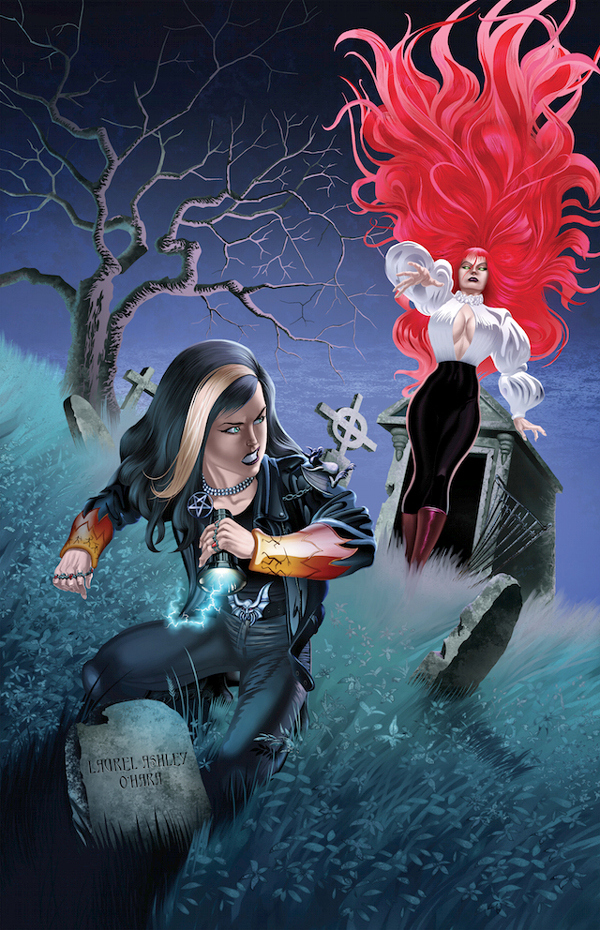
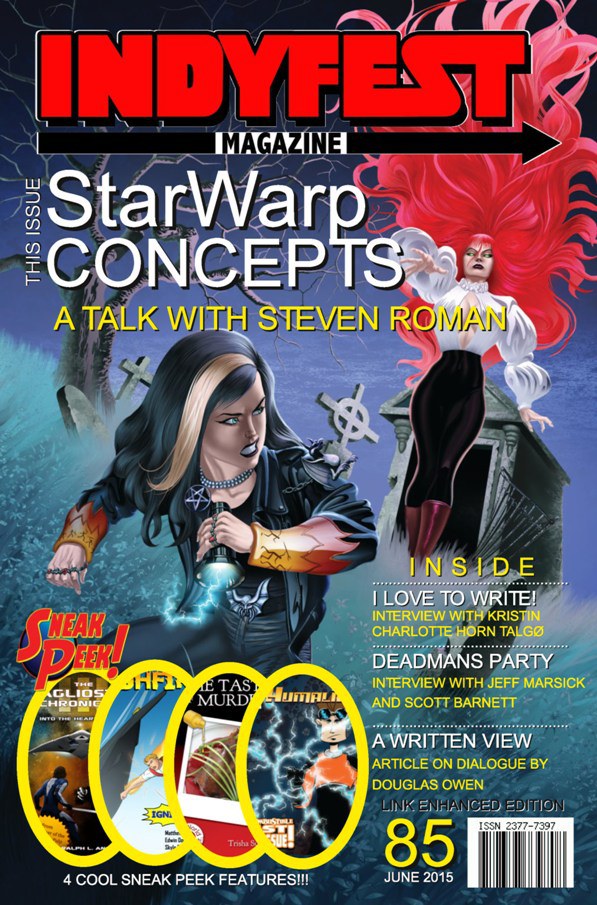
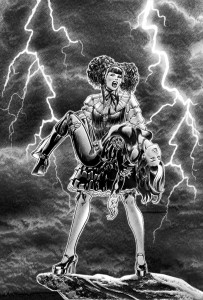
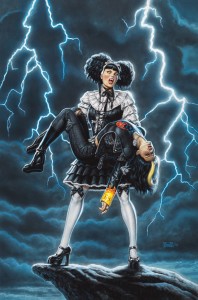
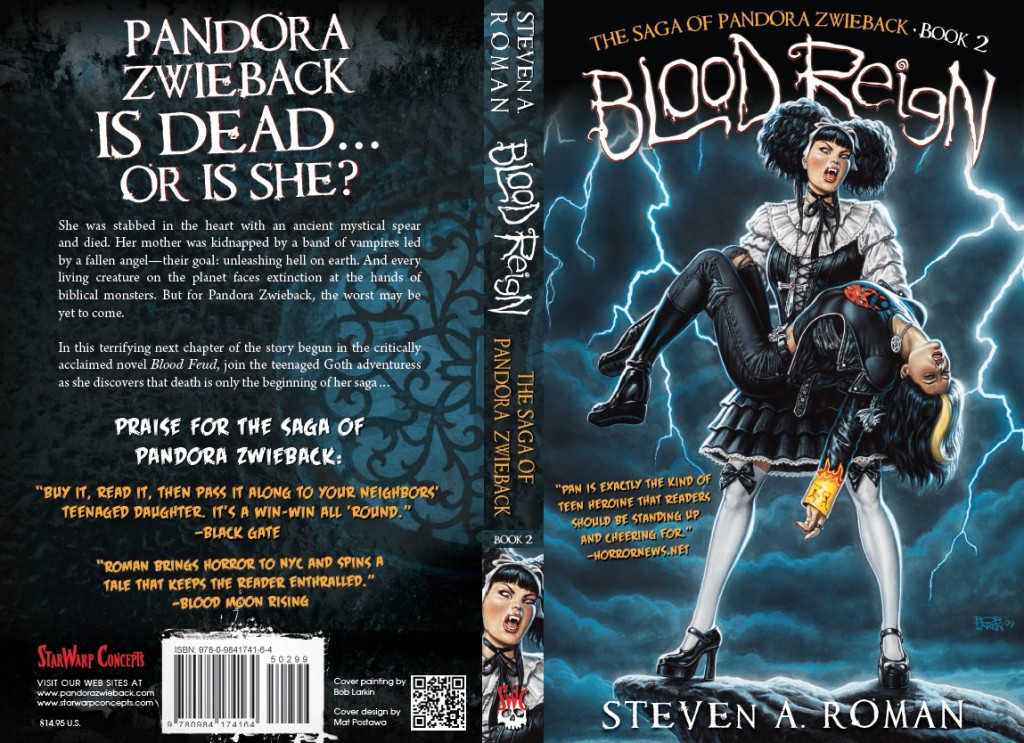
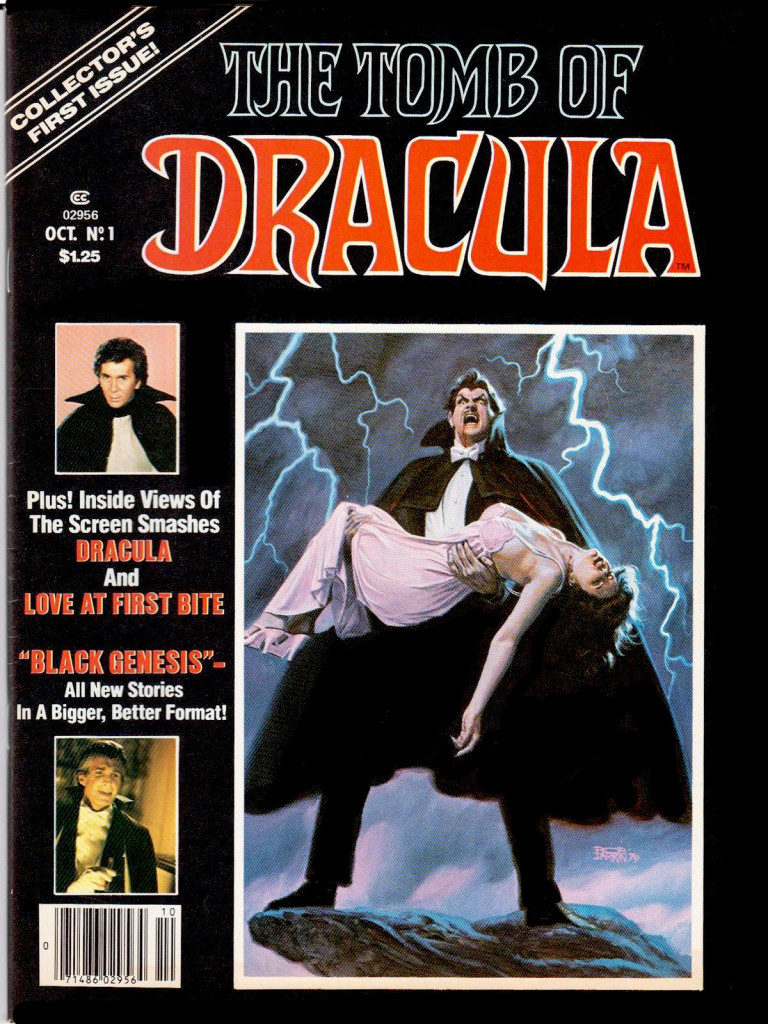
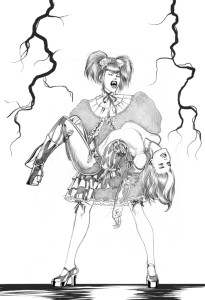
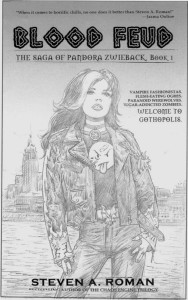 Back on June 1st
Back on June 1st